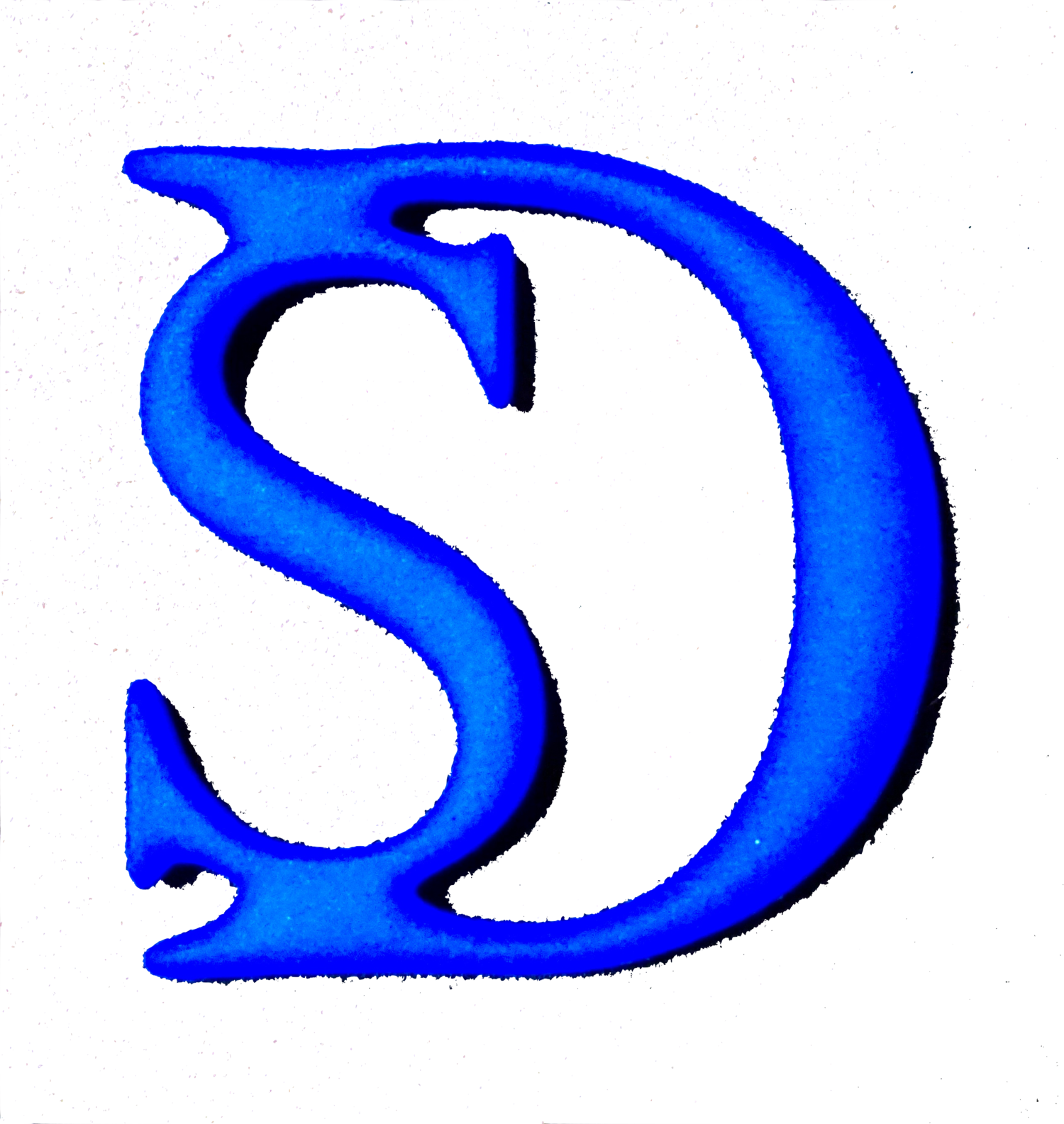Conclusion
Throughout this research, I have experimented with a range of software and hardware tools that allow differing spatial formats to be explored. From this, I was able to develop a methodology of spatialising EDM. I believe that the role of spatialisation in EDM will continue to grow as nightclubs and academic institutions continue their developing interest in it. What is inspiring for me are the new tools and environments which are going to emerge and how I will be able to incorporate them into my practice. One of the areas that excites me is opened up by the Dolby ATMOS plug-in and its application. This seems to suggest an exciting future, where the sonic experience is enhanced; it is an evolution compared to the current stereo standard in EDM. I was pleased to find out that the methodology I have developed, within the Ableton and Max4Live framework, was an easy adaptation with the Dolby tool since they function in a similar way; this demonstrates that the technology is evolving in the same direction and becoming more refined. This leads me to think that I am ready and prepared for what is next in the field of spatial EDM because I know what works for me and how to achieve it. I am also enthusiastic about the fact that Dolby “is bringing its object-based 3D-audio platform to the dance music sphere by way of club installations and apps aimed at studio and DJ mixing” (Rothlein, 2015). They are also looking to expand the locations where their technology is installed. After London (Ministry Of Sound), Chicago (Sound-Bar) and San Francisco (Halcyon), clubs in Tokyo and Berlin are also on their radar. This encourages me to continue and to strive in that direction, in order to keep my knowledge and skills relevant. Also, I am curious to see what Ableton has planned with regards to the performance of multi-channel EDM. There are Max4Live objects in their latest software version (Live 10) that have implemented High Order Ambisonic libraries and a binaural tool which enables the user to play with Multi-Channel/Surround/Ambisonic audio.
As an artist I do think it is important that I need to push boundaries - doing it step by step while still accomplishing what I want to do musically. I want to continue to promote nightclub (commercial) music as being as valid as any other genre. I see a comparable evolution with Jazz music when it was considered an ‘underground’ phenomenon, not welcomed into academia, until it reached universal acceptance. EDM has followed a similar development entering progressively academic institutions as a subject of serious study. A parallel occurrence can be observed with the recent shift in perception of society in regard of graffiti artists such as Banksy, who did not have any other outlet than the street to display his art, and now is welcomed into galleries and other prominent art centers. This shows how something can exist outside the establishment and may become institutionalized. Thus, I want to elevate EDM to a noble art form in order to teach it, not just (ab)use it for commercials purposes only.
As an artist, one of the reasons I have tackled this long academic endeavor was to push myself further as a musician in an evolving technological landscape. I was motivated to do it because I see a trend among the younger generation of music students: they often have not played traditional instruments such as a guitar, a violin or a piano, but most likely they own computer which has the potential to be a musical instrument. This coincided with my own situation, using the computer as a creative tool. In this research project, I have demonstrated that merging composition and improvisation can provide a rich creative environment for the composition and performance of EDM. Furthermore, I have established in this document that my live performance practices redefine what a composer of EDM can be. Thus, I want this research to promote a viable future for modern EDM composers. A way to share and develop these skills would be to teach at universities with computer music-based programs, as well as reputable institutions of EDM such as Point Blank Music School (London, Los Angeles, Ibiza, Mumbai, Online), Dubspot (New York, Los Angeles, Online) and The Red Bull Music Academy (Berlin, Online). As such, this commentary and portfolio presents a methodology and a set of accessible tools to be able to create music as a contemporary artist, while acknowledging the growing popularity of EDM and spatialisation.
When I first encountered the SPIRAL Studio, I was intimidated by its size and its complexity. Since then, I have assessed various tools and techniques for spatialisation and what changed most since the beginning of the research is the level of confidence I have acquired when approaching large speaker arrays. Also, since I am using accessible spatialisation tools, I have developed a method to adapt quickly and easily to various configuration of sound systems.
Over the course of this research, I have learned ways to promote myself as a performer by growing a social media presence by livestreaming my music. Since July 2016, I have performed live on several streaming platforms such as YouTube, Facebook, Twitch, and Periscope; I have over 150 videos where I play music. This experience is an ongoing project and it allows me to improve my music on a technical and practical level. It is a practical outlet for me to mature as a performer and also to reach an audience around the world. I am looking forward to the day where spatial audio will be accessible in a livestreaming format since the technology is still being developed and not yet available. Until then, I am getting ready.
